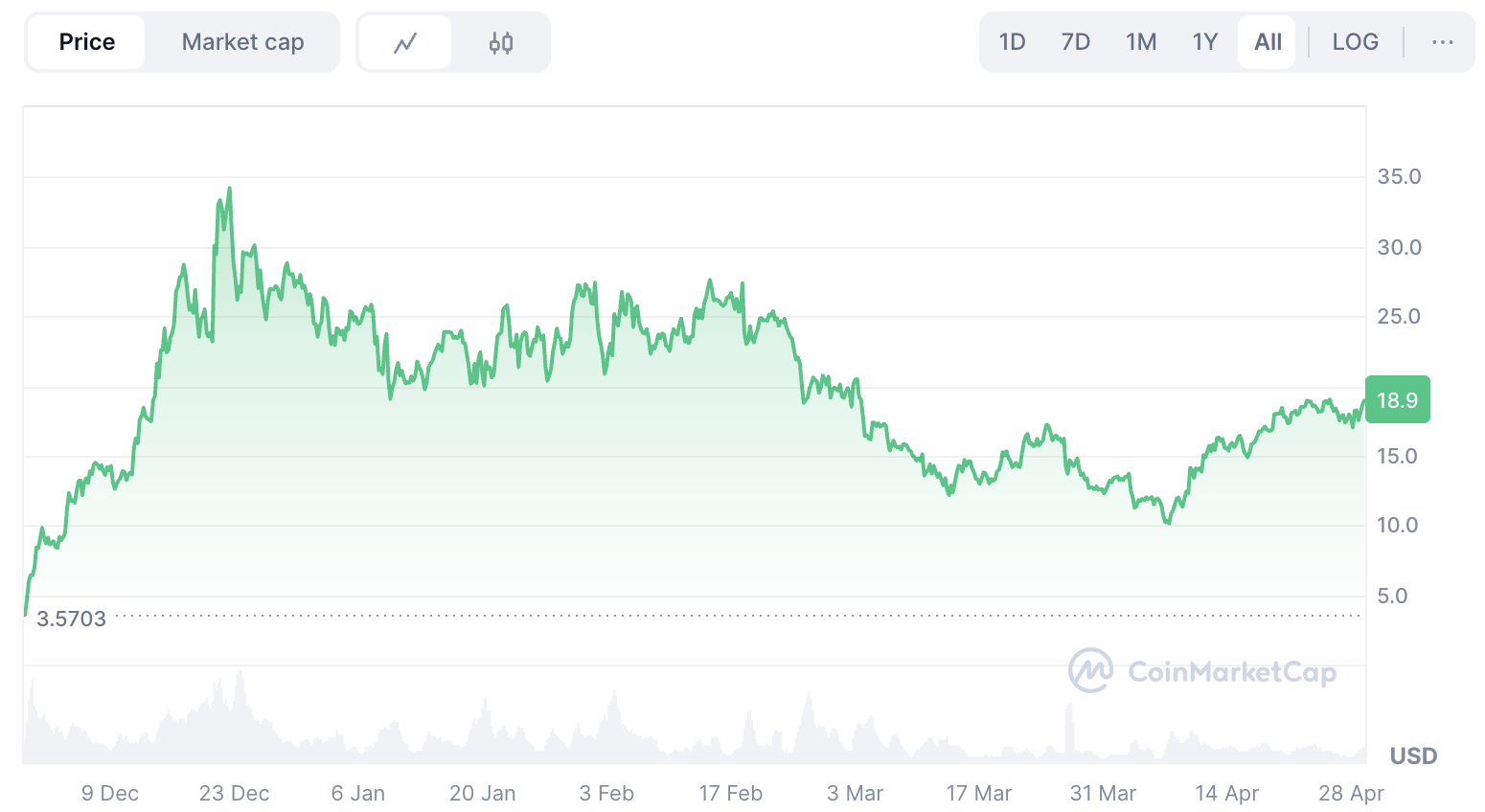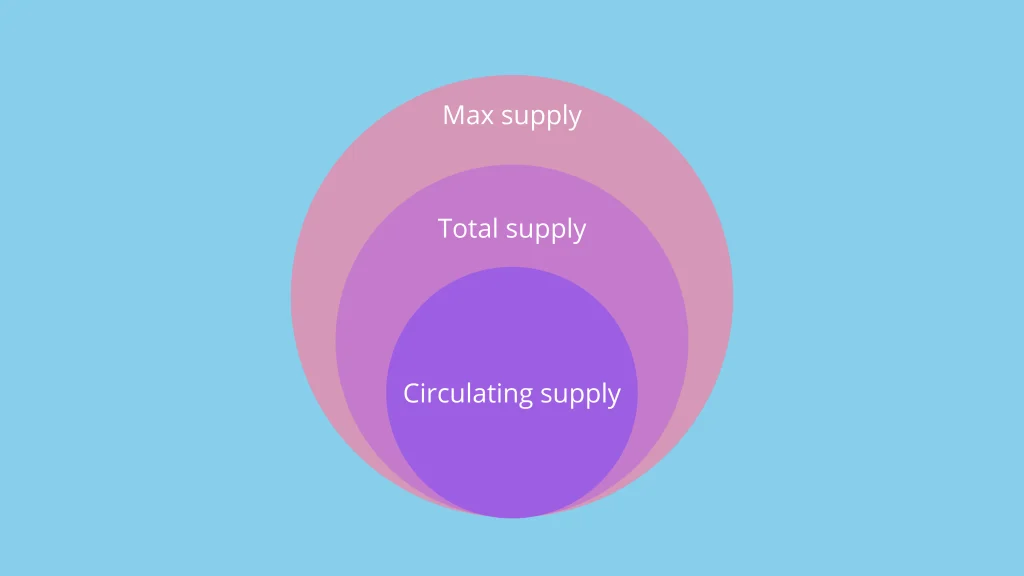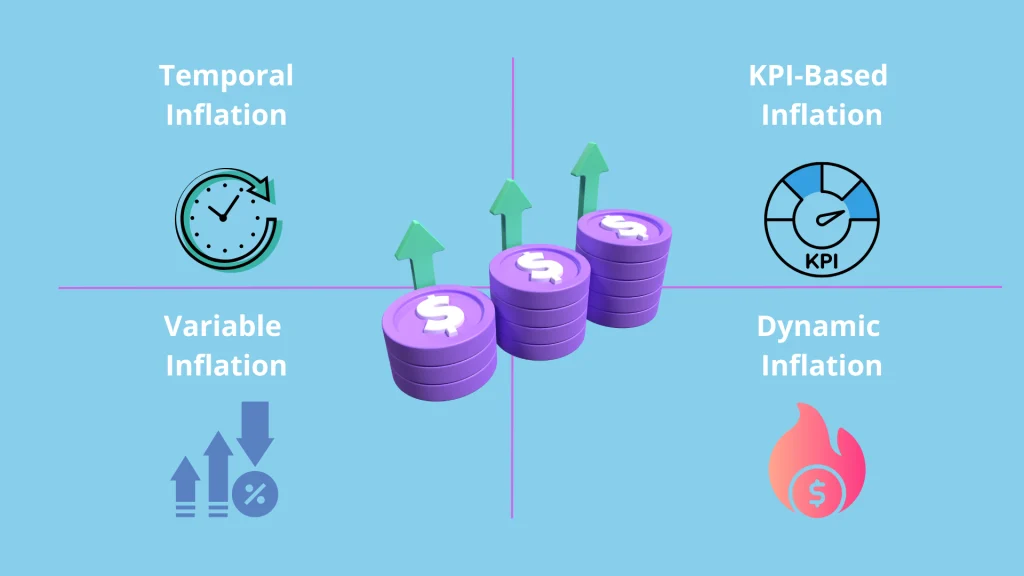Contents page
An airdrop is a mechanism used in tokenomics models and strategies, involving the free distribution of tokens issued by a project to an eligible audience. The main purposes of an airdrop are to incentivize engagement, participation, or visibility.
What are the main objectives of an airdrop?
- Increasing awareness and adoption. The goal is to quickly attract a large number of users and generate network effects around the project.
- Building an active community. Through an airdrop, the project encourages participation and engagement by rewarding users with tokens, thereby strengthening their sense of belonging and loyalty.
- Decentralizing ownership. An airdrop also aims to ensure equitable token distribution, helping to prevent excessive concentration among a few actors and promoting decentralized governance.
What are the types of airdrops?
Several types of airdrops exist, each tailored to different strategies:
- Standard airdrop. Free distribution without any required action from users.
- Holder airdrop. Distribution based on prior possession of a specific token.
- Retroactive airdrop. Rewards early users who interacted with the protocol before a specified date.
- Participation airdrop. Conditional upon performing specific actions, such as staking, using new features under development, or engaging on social media.
It’s important to note that while most market airdrops fall within these categories, there are some rarer variants, including lottery-based airdrops, special community airdrops, or event-based airdrops.
Risks and challenges of airdrops
Several specific risks must be considered when implementing an airdrop.
Sybil attacks and exploitation
Sybil attacks involve creating multiple identities or wallets to maximize gains from an airdrop. This practice distorts real adoption data and can lead to inequitable token distribution.
Tax implications
In many jurisdictions, tokens received via airdrops are taxable upon receipt, even if their value subsequently decreases. This can lead to unexpected tax liabilities for recipients.
Hidden centralization risks
Certain airdrops, while presented as fair, disproportionately benefit investment funds and whales, who capture a significant portion of the distribution.
Reputation risk
Poor management of an airdrop can damage a project’s reputation, particularly through unfair distribution, unmet community expectations, or technical issues.
A notable example is Starknet. In February 2024, its “Provisions” airdrop generated significant controversy due to eligibility criteria perceived as unfair, excluding many active users. This led to user attrition and widespread community dissatisfaction.
This example highlights the importance of good planning, relevant strategic choices, and transparent communication to maintain project trust and reputation.
Hyperliquid: A successful airdrop example
An interesting example of an airdrop is Hyperliquid, a decentralized exchange (DEX) specializing in perpetual contracts trading. In 2024, Hyperliquid distributed 31% of the total supply of its HYPE token to the community during its official launch.
The airdrop aimed to increase project awareness, stimulate platform adoption, and build an engaged community by directly rewarding active users.
Thanks to this initiative, Hyperliquid saw rapid adoption. The price of the HYPE token, initially launched around $3.57 on November 29, 2024, surged to $33.68 within a month, by December 21, 2024. Remarkably, the price never dropped below its initial launch value, indicating strong demand and robust market dynamics. Concurrently, HYPE’s market capitalization significantly increased, positioning the platform as a major player in DeFi.
Price of HYPE token since launch:

The Hyperliquid case perfectly illustrates how a well-designed airdrop can achieve key objectives such as boosting visibility, attracting new users, enhancing community engagement, and supporting ecosystem growth.
Key takeaways
- An airdrop is a mechanism to increase awareness, build an active community, and decentralize ownership in blockchain projects.
- Different types of airdrops exist: standard, holder, retroactive, participation, etc.
- The main risks associated with airdrops are Sybil attacks, tax obligations, hidden centralization, and reputation risk.
- A well-executed airdrop, like Hyperliquid’s, can significantly boost adoption, visibility, and sustainable growth.







